The Magic of Autumn: Why Leaves Change Colour and Fall
Autumn is one of the most beautiful times of the year, marked by the vibrant colours of changing leaves. From deep reds to golden yellows, trees put on a spectacular show, creating the perfect backdrop for crisp walks through fallen leaves. But why do trees shed their leaves, and what causes these stunning colour transformations?
Why Do Leaves Fall in Autumn?
Trees dropping their leaves in autumn is part of a survival strategy known as abscission. This process helps trees prepare for the cold months ahead by conserving energy and protecting themselves. Here’s how it works:
- Energy Conservation: During winter, there’s less sunlight and water available for photosynthesis – the process trees use to convert sunlight into energy. By shedding leaves, trees conserve the energy and water they would otherwise lose through their leaves.
- Preventing Damage: Leaves are fragile and can easily be damaged by winter’s frost, snow, and cold winds. If trees kept their leaves during the winter, they’d be at risk of snow and ice buildup, which could weigh down branches and cause them to break.
- Nutrient Recycling: Before the leaves fall, trees reclaim valuable nutrients like nitrogen and phosphorus, storing them in their trunks, branches, and roots. This helps trees sustain themselves through winter and prepare for new growth when spring arrives.
Why Do Leaves Change Colour?
The colours of autumn are the result of natural pigments found in leaves. These pigments, which include chlorophyll (green), carotenoids (yellow and orange), and anthocyanins (red, purple, or blue), play a role in photosynthesis and the seasonal transformation of leaves.
As autumn arrives, these colours emerge in a stunning sequence:
- Green: During spring and summer, chlorophyll dominates, giving leaves their green colour. Chlorophyll is vital for photosynthesis, helping trees turn sunlight into energy. As the days shorten and temperatures drop, chlorophyll production slows, allowing other pigments to show through.
- Yellow and Orange: As chlorophyll breaks down, the carotenoids that have been present all along become visible, revealing the bright yellows and oranges hidden beneath the green.
- Red, Purple, and Pink: In some trees, anthocyanins form in response to cool autumn nights and bright sunlight. These pigments produce the stunning reds, purples, and pinks that can turn an ordinary tree into an autumnal masterpiece.
What Affects the Intensity of Autumn Colours?
The vibrancy of autumn’s colours can vary depending on the weather. Cool nights paired with sunny days tend to produce the most brilliant reds and purples. Meanwhile, warmer, wetter autumns might yield more muted tones.
Autumn isn’t just about watching leaves fall; it’s about witnessing nature’s process of preparing for winter, all while giving us a stunning and colourful seasonal display.


